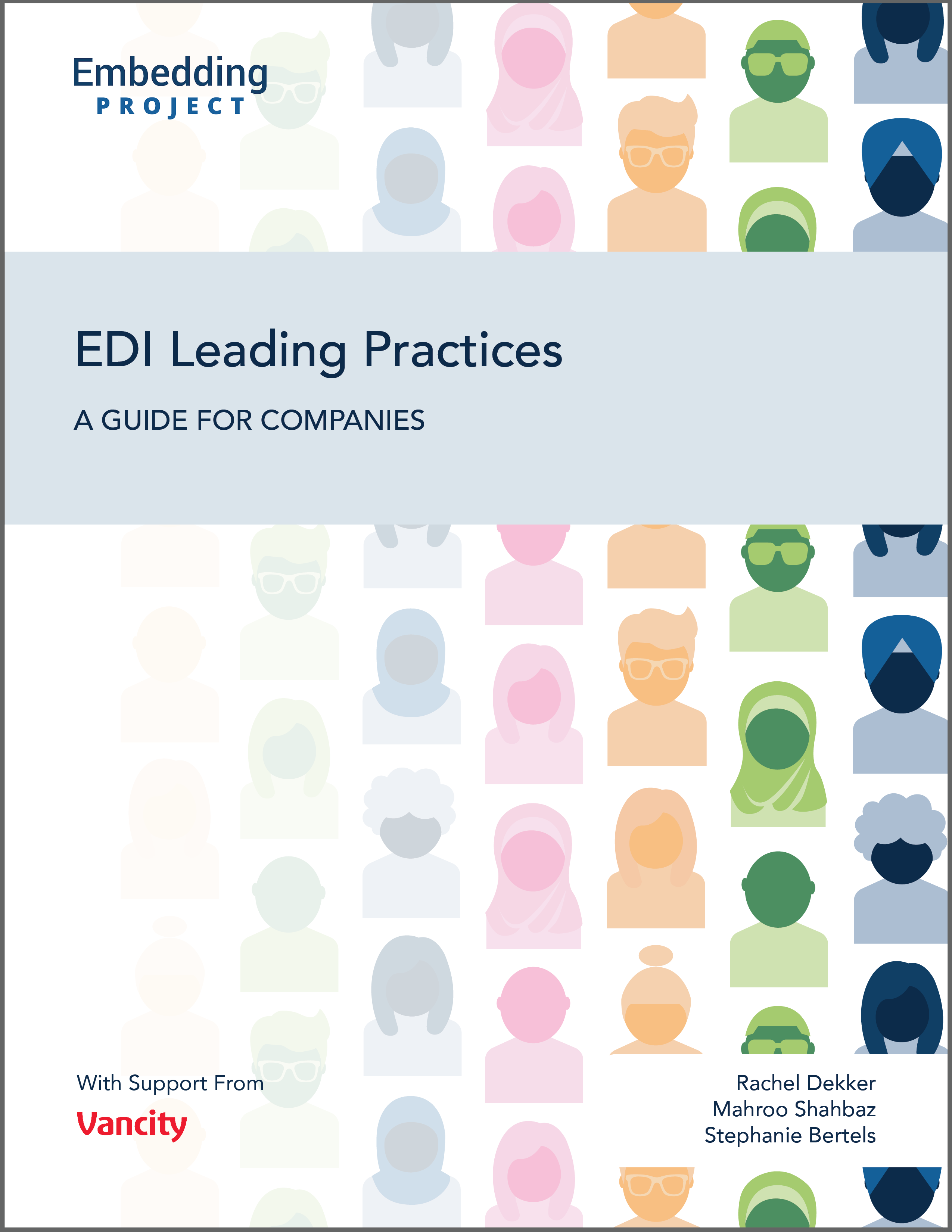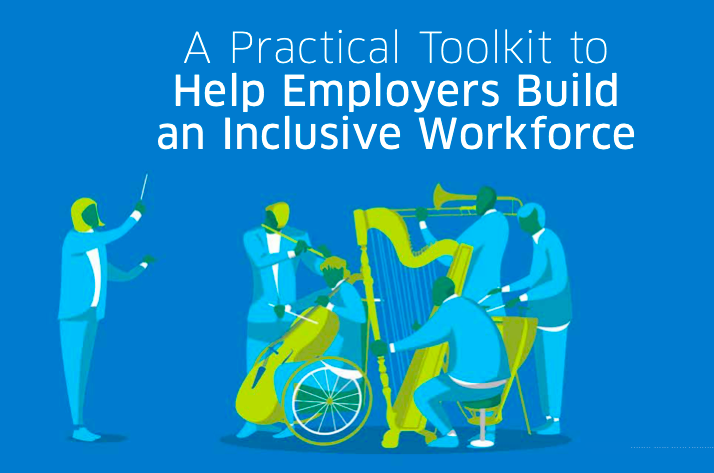Good Health and Wellbeing
Description
Good health and wellbeing are multidimensional in nature and can be affected by workplace conditions, the home environment, as well as a balanced division between the requirements of each. The company can support good health and wellbeing through safe and healthy working conditions (detailed above) as well as ensuring workers’ ability to enjoy their right to leisure and paid time off, at minimum as stipulated by law. Workers have a right to reasonable working hour limitations and should have the opportunity to rest, recover, and relax between shifts, this includes adequate time between rotations for workers in camps, on vessels, or in other conditions where they are unable to return home at the end of a workday. The company provides employees and contractors with health benefits that support health and wellbeing.
Share this Subissue on:LinkedIn
Resources
EDI Leading Practices: A Guide for Companies
Workplace equity, diversity, and inclusion (EDI) is a complex and rapidly evolving space, and increasingly, companies are interested in understanding how to meaningfully advance EDI in their organisations. To help them do so, we consulted EDI research and guidance, reviewed practices of over 100 companies, and sought input from practitioners across a range of industries and geographies. Our Equity, Diversity, and Inclusion Leading Practices Guide offers a comprehensive framework with practices, case studies, and resources to help organisations embed EDI into their strategy, structures, and culture.
Workplace Strategies for Mental Health
This platform provides a broad range of tools and resources for workplace mental health and psychological safety. Designed for workers across the corporate spectrum, this one-stop shop includes resources on organizational strategy materials for leaders, such as policies, programs, and preventative strategies; materials to help manage employee concerns and improve leadership and teambuilding; and materials to support employee well-being both at work and at home. They also provide assessments, workshop slides, and facilitator guides to help you with sharing the information.
A Practical Toolkit to Help Employers Build an Inclusive Workforce
This toolkit from the Mental Health Commission of Canada is an excellent resource for creating an accommodating and inclusive workplace and addressing the needs of workers living with mental illness.
The toolkit is divided into five sections: an organisational self-assessment that will help you to identify what your organisation is doing well and where it can improve; an exploration of workplace strategies and resource for addressing key issues; case scenarios; a framework to help you assess your organisation's ROI and predict related costs; and practical tools that will help you to monitor, evaluate, and ensure ongoing improvement.
The toolkit will benefit HR professionals and employees tasks with wellness, diversity, and other sustainability-related responsibilities to improve recruitment and retention, and to support policies and practices that affect everyone.
Workplace Strategies for Mental Health: Assessments, tools and workshops
This platform from Canada Life provides a comprehensive range of free materials, tools, and resources that can help you to support mental health and psychological safety in the workplace. Workshop materials including slide presentations, facilitator guides, and participant handouts on topics such as conflict, bullying, harassment, emotional intelligence and resilience, leadership skills, inclusivity and discrimination, work-life balance, workload management, and more.
The Wellness Syndrome
Are corporate wellness programs making people worse? Researchers Andre Spicer and Carl Cederström explore how our current approaches to wellness may be resulting in guilt, reduced productivity, and a number of other outcomes that actually make us less healthy and more anxious. This will be an interesting read for practitioners involved in wellness programs at their organisations.
What’s the Hard Return on Employee Wellness Programs?
Historically, employee wellness programs have been viewed as an extra benefit to employees, rather than a strategic imperative to the business. But research suggests that the ROI on comprehensive, well-run employee wellness programs can be impressive. In this article, authors Berry, Mirabito, and Baun explain that the most successful wellness programs are supported by six essential pillars: engaged leadership at multiple levels; strategic alignment with the company’s identity and aspirations; a design that is broad in scope and high in relevance and quality; broad accessibility; internal and external partnerships; and effective communications.
Driving Co-Benefits for Climate and Health: how private sector action can accelerate progress
This report from Forum for the Future and Walgreens Boots Alliance can help you to understand the potential effects of climate change impacts on public health, as well as the actions that businesses can take to support positive health outcomes. The guidance in this document has been developed from a series of round-table discussions that brought together businesses, NGOs, scientists, government advisors, and philanthropists, with a focus on three intersecting climate and health topics: air pollution, nutrition, and malaria. This resource would be of particular value to sustainability professionals in explaining the business case for action on intersecting climate and health issues; delivering a framework for action to senior leaders; and sharing practical ways to drive positive change within the workplace, supply chain, and communities beyond.





